
Oregon State University College of Forestry Ph.D. Student Pipiet Larasatie doesn’t have her head stuck in her books. She’s a serious learner and researcher, of course, but she’s not just concerned with her own projects. Instead, she’s working hard to make the college community and industry setting more open and inclusive for all.
She began working toward this goal in her home country of Indonesia. After earning her bachelor’s degree, she served as a civil servant in the forestry service and helped develop rural areas for ecotourism opportunities.
After earning her master’s degree in New Zealand, Larasatie was awarded a prestigious scholarship from the Indonesian government – the opportunity to earn a Ph.D. anywhere in the world, as long as the program was highly ranked.
Larasatie chose Oregon State.
“I came here because I wanted to work with Eric Hansen, who now serves as department head of Wood Science and Engineering,” Larasatie says. “All I knew about Oregon State was that Eric was here, and that he has expertise in forest products marketing and innovation, and that’s what I wanted to study.”
Hansen responded to Larasatie’s inquiry about the wood science graduate degree program quickly, despite the 14-hour time difference. “I knew that because he was responsive, it would be easy to build a relationship with him,” Larasatie says.
And it was. Luckily, Larasatie likes living in Corvallis as well.
Since arriving in 2016, Larasatie has already completed one research project about the Pacific Northwest’s public perception of mass timber buildings. What started as a class project became a peer reviewed, published research study, funded by the Oregon Forest Resources Institute, and a presentation to conference participants worldwide.
Larasatie enjoys presenting her work to scientists, industry partners and even members of the public.
“I believe that science should be communicated,” she says. “I don’t want to write a dissertation that only lives in a library archive somewhere. We need to reach a broader audience. We need to let the public know what we’re doing. We shouldn’t limit ourselves, especially because of the digital age we live in now.”
To emphasize this, Larasatie serves as a digital communication coordinator for the Society of Wood Science and Technology and participates in the steering committee for the Western Forestry Graduate Research Symposium, hosted at Oregon State each spring.
“I campaign to my fellow graduate students to get them involved as well,” she says. “I really believe that we all need to practice communicating our science.”
Larasatie also serves on the College of Forestry Diversity, Equity and Inclusion Committee, which strives to make the college a diverse and welcoming environment.
“I felt that participating was the right thing to do,” she says. “It also relates to my dissertation topic.”
Larasatie’s dissertation is still in the research phase. She’s studying gender diversity in the forest sector, in the industry and in higher education.
“Increasing gender diversity is no longer a right thing to do, but becomes a smart thing to do,” she says.
Larasatie’s dream is to become a university professor.
“I like to do research, I like to teach, and I like to mentor young students,” she says. “I also like the university setting. Oregon State, for example, is a hub for international people coming in to reach their dreams. We all have the same goal: to make life better.”



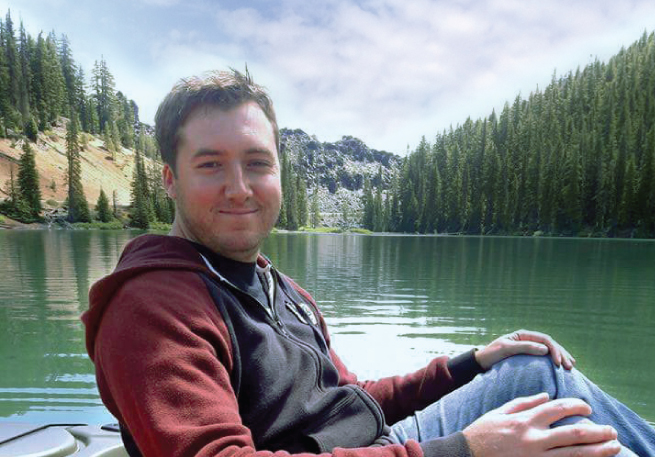
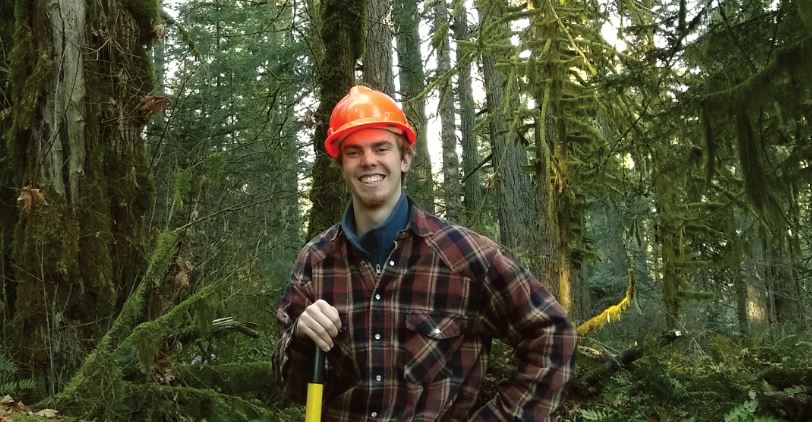

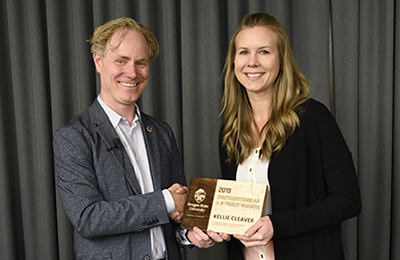


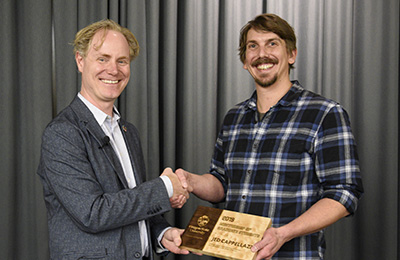
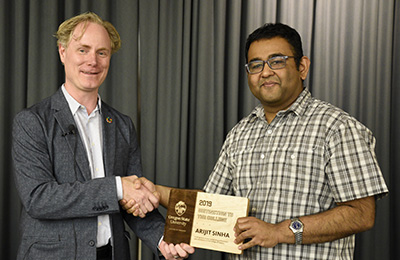

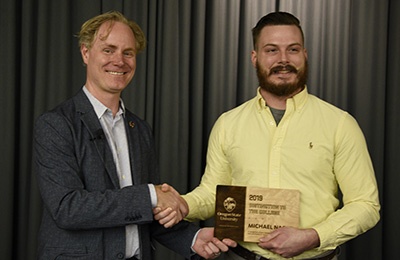

 This year’s Dean’s Dinner was held on May 14, after the grand opening of the A. A. “Red” Emmerson Advanced Wood Products Laboratory.
This year’s Dean’s Dinner was held on May 14, after the grand opening of the A. A. “Red” Emmerson Advanced Wood Products Laboratory.



